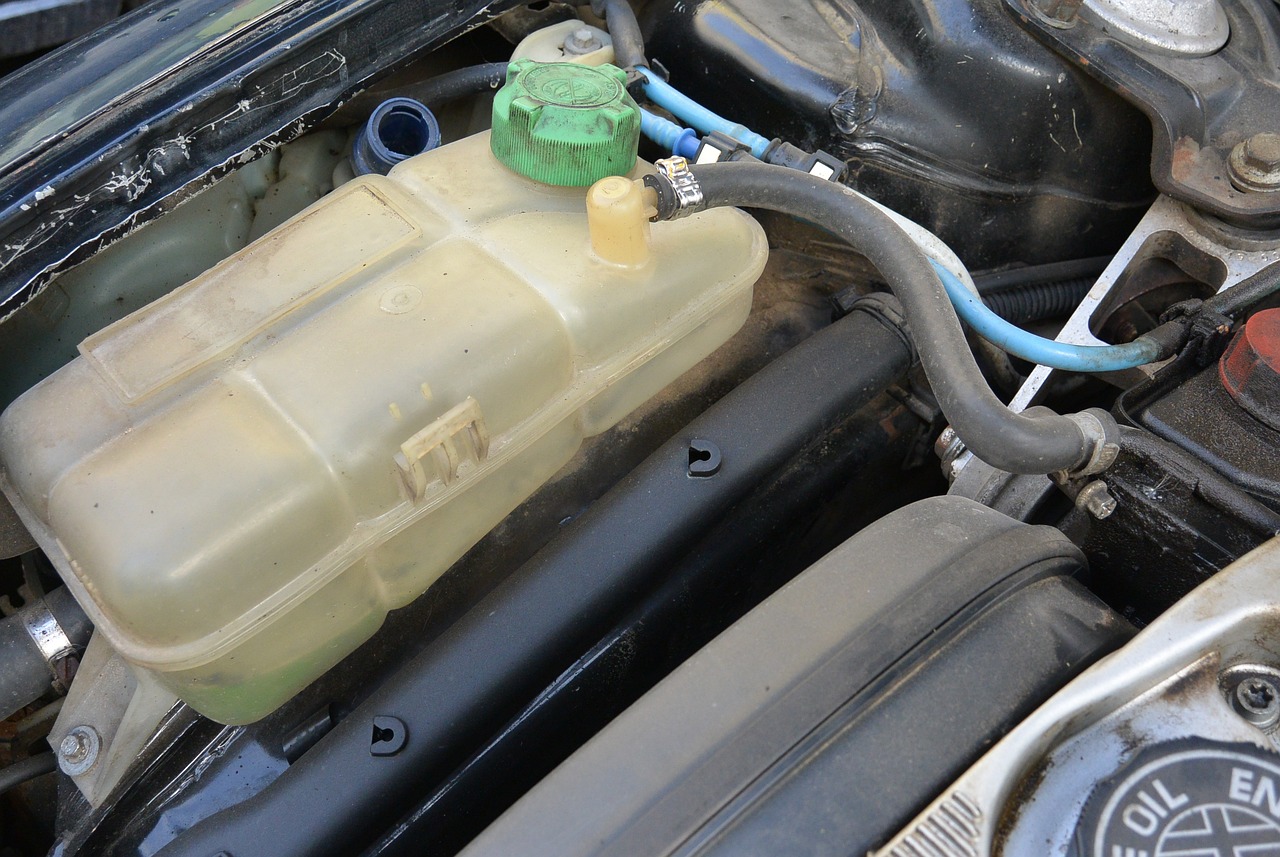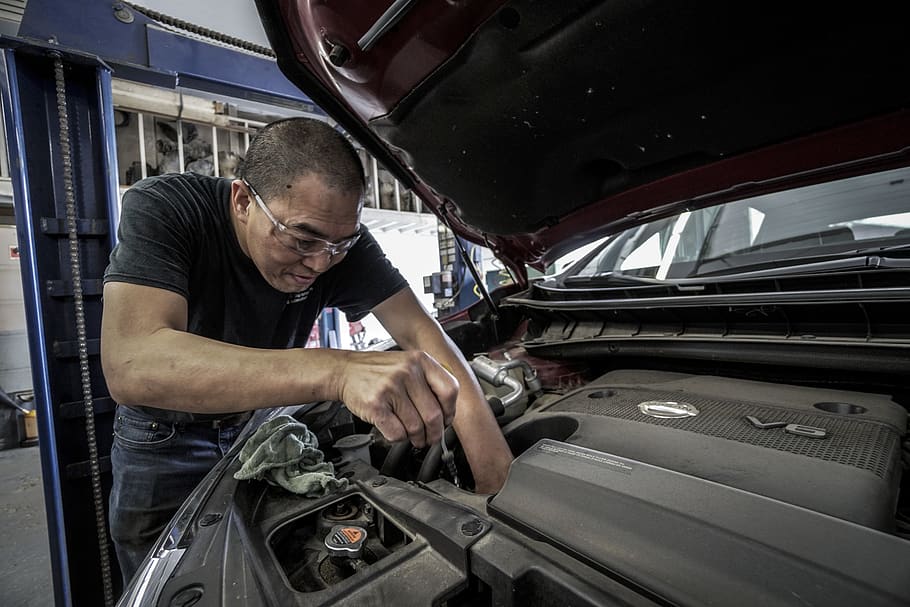The coolant sight glass is a vital component in monitoring the coolant system of your vehicle. It serves two crucial functions: monitoring the coolant level and detecting abnormal coolant temperatures. Understanding how these sight glasses work and responding to their warning signs is essential for maintaining your vehicle’s performance and preventing potential engine damage.
Coolant level sight glass

The coolant level sight glass plays a critical role in alerting drivers to the coolant level in the expansion tank. Its appearance is often a pictogram resembling the upper part of a radiator with its cap, accompanied by waves below. A level sensor in the expansion tank sends an electrical signal to the engine management ECU, which powers the level indicator. When the coolant level is low, the warning light illuminates, often accompanied by a “STOP” message.
If the coolant level is too low, it is crucial to restore it with coolant rather than pure water. Monitor the level closely, and if the warning light reappears quickly, it indicates a potential leak in the circuit or its components, such as the radiator, thermostat, or water pump. In cases where the coolant level is correct, the coolant level sensor may be faulty, requiring replacement at an average cost of $20.
Coolant temperature sight glass
The coolant temperature sight glass serves as an indicator of abnormal coolant temperatures. It is usually accompanied by a water temperature gauge that detects overheating before the warning light illuminates, assuming regular monitoring. The appearance of the coolant temperature sight glass typically features a red thermometer symbol with waves representing the coolant.
Similar to the coolant level sight glass, the coolant temperature sight glass operates through the engine management unit, which receives information from a coolant temperature sensor located on the engine water box. When the warning light comes on, it signifies either excessive coolant temperature or a malfunction in the warning system.
In the case of excessive coolant temperature, a thorough check of all cooling system components is necessary. The cost can vary, ranging from the replacement of a thermostat (approximately $150) to the replacement of a cylinder head gasket (ranging from $400 to $1,200, depending on severity). On the other hand, if the warning light illuminates untimely, it is often due to a faulty temperature sensor. Replacing the sensor typically costs an average of $60.
Never ignore the coolant level warning light

It is important to note that while a coolant level warning light allows you to continue driving with caution, an excessive coolant temperature warning light requires immediate action to prevent potential engine damage. Ignoring the latter warning can lead to severe consequences, such as engine overheating and breakdown.
In addition to monitoring the coolant level and temperature, some advanced vehicles may also feature coolant sight glasses that provide information about coolant quality. These sight glasses are designed to indicate if the coolant needs to be replaced or if there are any contaminants present that could affect the cooling system’s efficiency.
When inspecting the coolant sight glass for coolant quality, it should appear clean and clear, without any signs of debris or discoloration. If the coolant appears dirty or contains floating particles, it is an indication that the coolant needs to be flushed and replaced. Regular coolant maintenance is essential for optimal engine performance and to prevent issues such as corrosion and overheating.
By understanding the various aspects of coolant sight glasses and their associated warnings, you can take proactive measures to address any issues promptly. Regularly checking the coolant level, monitoring the temperature, and inspecting coolant quality will contribute to the overall health and performance of your vehicle’s cooling system, providing you with peace of mind on the road.
Remember to follow the manufacturer’s recommendations regarding coolant type and replacement intervals. Using the right coolant for your vehicle and adhering to the recommended maintenance schedule will help ensure the longevity of your cooling system and prevent unnecessary repairs. Stay vigilant and prioritize the health of your vehicle’s coolant system for a smooth and worry-free driving experience.

